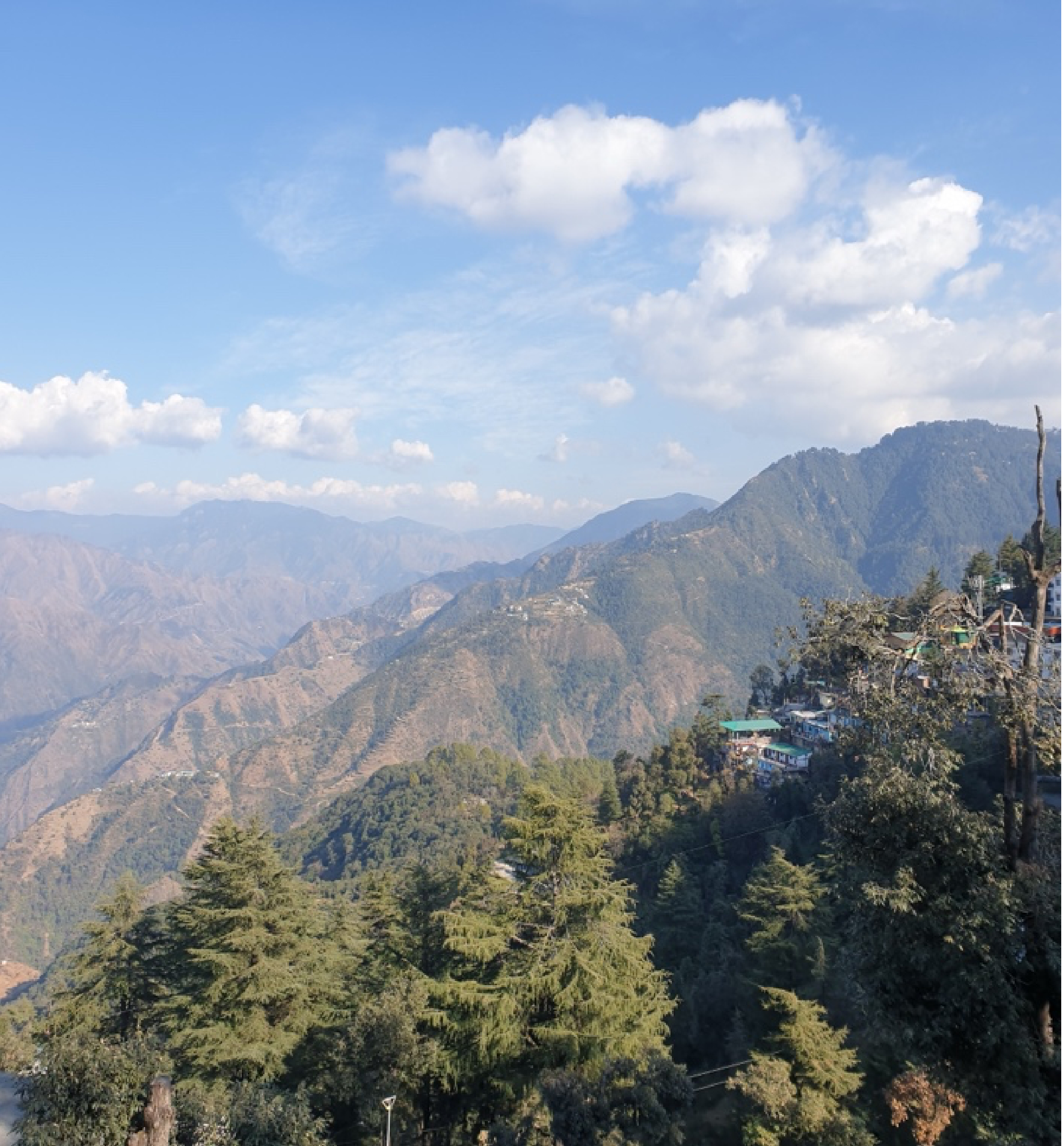Over
the years, Pragya has worked to provide immediate relief in the form of material
assistance and initiated long-term rehabilitation during the floods in Leh,
India in 2010, the floods in North India in 2013, the floods in the Indian
state of Jammu and Kashmir in 2014, and the devastating earthquake that struck
Nepal on 2015. As a development organization that carries out humanitarian work
among marginalized communities in remote regions, we find ourselves privy to a
unique perspective. Pragya is currently working in tribal and border regions in
8 states across India. Floods occurring in two of these states – Assam and
Bihar – has led to the displacement of 4.2 million people. Our long and deep
engagement with people in these remote communities has enabled us to understand
the many ways in which disaster further affects the socially marginalized groups in many of these regions.
In Kishanganj district of Bihar, which saw the worst floods in 30 years, members of the Scheduled Tribes were the worst-affected, the little possessions
they had destroyed, and in some instances, these communities found
themselves sidelined from relief efforts. The response by
humanitarian agencies cannot afford to ignore the social challenges like these:
exclusion, discrimination and inability to access basic services - that these communities
present.
Increasing incidence of natural disasters present a unique challenge to developing countries in the global south: limited access to resources and the high density of population in rural areas resulting in the displacement of a large populace. Increasingly, the effects of these disasters are felt
across borders. The Brahmaputra, responsible for seasonal floods in Assam, is a
transnational river that crosses the border of three countries before emptying
into the Bay of Bengal; the Koshi river, which originates in the Tibetan
Autonomous region, drains the Himalayas in Nepal before crossing into the
plains in Bihar, India. A change in the ecological system – deforestation, construction of hydel power stations – in the upper reaches cause excessive depositing of sediments downstream leading to widespread flooding.
Hence the need to reduce the risk from
these disasters at the grassroots level, and enhance cooperation across political borders to ensure exchange of information and resources is vital.
The UN
secretary General Ban Ki-moon has listed five core agendas in the World
Humanitarian Summit in 2016. As an organization working in the Global South,
straddling the development and humanitarian sectors, the Core Responsibility #4
“Working differently to end Need” with the motto “Reinforce, Anticipate and Transcend” resonates the most with us. In
2016, Pragya began piloting a citizen-based early-warning system, “DRRIS”, that works with local communities, and government organizations to provide early warning and effective post disaster response. The innovation was showcased at the World
Humanitarian Summit held in Turkey, Istanbul in May this year. In accordance
with the stipulations of Responsibility #4, “DRRIS” does not seek to
replace the national disaster-response system that is in place, and it does not
wait for crises to occur. We have been engaging with diverse
state and non-state actors to pool resources, exchange information, and
enable better response in the case of disasters.
Our
experience has taught us that the divide between the humanitarian and development
sectors needs to be bridged. Organizations working in both the sectors
have to respond to the social reality of working with communities in developing
countries and the challenges presented by recurring disasters and climate
change. Pragya is working to make this a reality through the various projects it implements.




No comments:
Post a Comment